In This Section
Fourth Year Burren Fieldtrip 2016
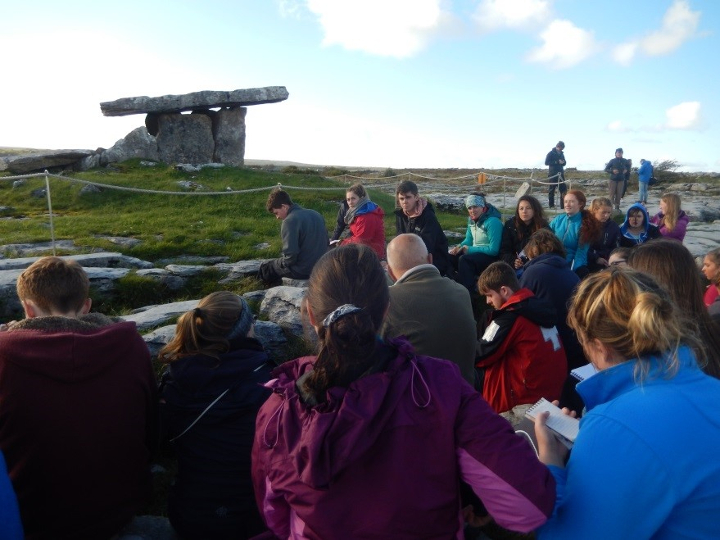
Rebecca O'Sullivan a 4th year Zoology student was asked to write a brief blog about her experience of the recent Burren Fieldcourse.
On the 19th of September, a group of 45 BEES students including Zoology, Ecology, Environmental Science, Plant Science, and even one Geographer, ventured off to the Burren for a week-long field trip. The mission was simple – learn as much about the Burren as possible from our incredible Professor Matthijs Schouten, and then come up with a sustainable management plan. At first, this seemed pretty daunting. But as the days went by, it became easier to understand how to go about it.
On day one, we began our baseline studies by learning about the geology and hydrology of the Burren. The highlight of this day was definitely going caving near the River Fergus, and seeing for ourselves the subterranean water system that runs beneath the karst landscape of the Burren.
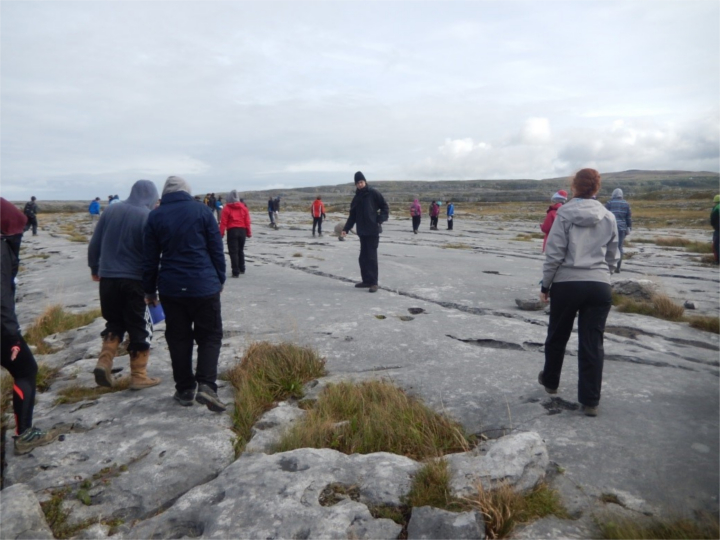
On day two, we learned about flora and fauna, and how the Burren contains a unique combination of species that otherwise would never exist in the same habitat – from arctic-alpine species to Mediterranean species.
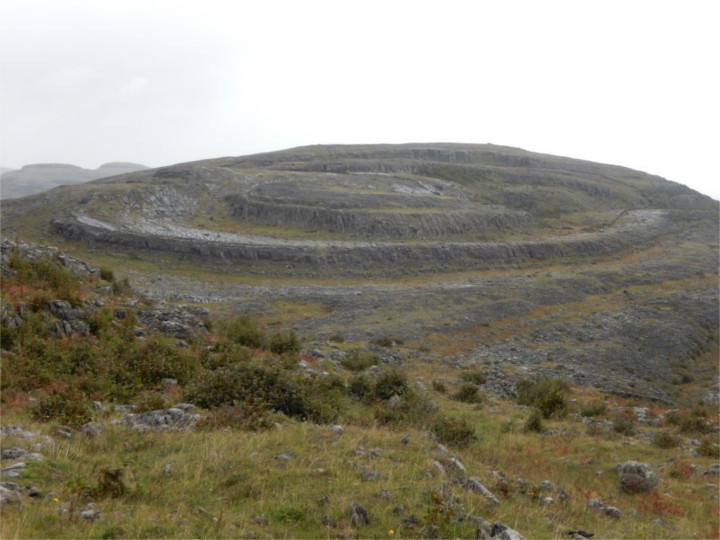
On day three, as the last step in our baseline studies, we learned about the archaeology and history of the Burren. Matthijs taught us about the long history of humans shaping the Burren landscape, and ‘Siobhan moments’ were had all around. We finished the day by looking at the shocking pre-historic obscenity that is the Killnaboy Sheela na Gig – which definitely left us all traumatized.
We climbed Mullaghmore on day four with Dr. Padraig Whelan (and Mumford of course), and explored the Burren National Park while learning about how the park is managed and how it could be improved. That evening we had a fantastic lecture from Dr. Sharon Parr of The Burren Beo Trust about her work on the very successful BurrenLIFE project.
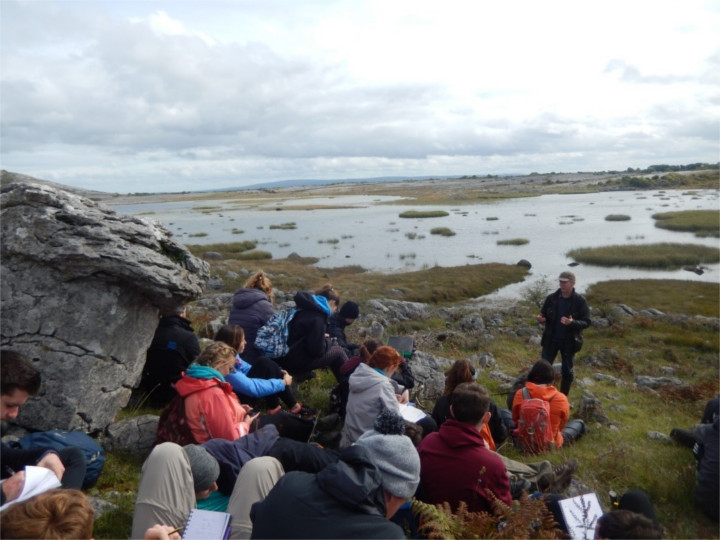
Lastly, day five was spent bringing it all together, and creating the basic structure of our management plan for the Burren. Using the maps we made on the first three nights, we identified where conflicts could arise and how they could be resolved.
Overall, the week was extremely eye-opening. Although the days were pretty long and intense, we still made sure to have a bit of craic (maybe even too much – sorry Matty!). We got some great inspirational speeches from our bus driver Victor, and there wasn’t a dry eye in the audience on the last day when Matthijs reminded us of our responsibilities as the scientists of the future.
It was fantastic week and a great start to our final year!
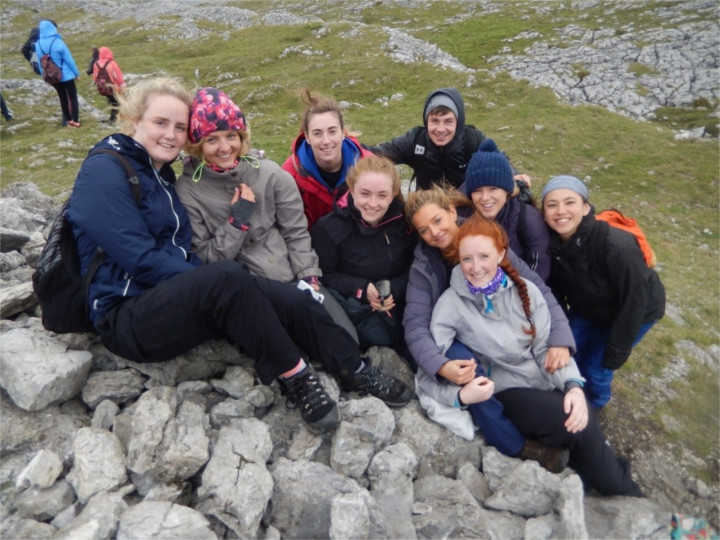
School of Biological, Earth and Environmental Sciences
An Scoil Eolaíochtaí Bitheolaíocha, Domhaneolaíocha agus Comhshaoil
Contact us
Distillery Fields, North Mall, University College Cork, Ireland , T23 TK30
